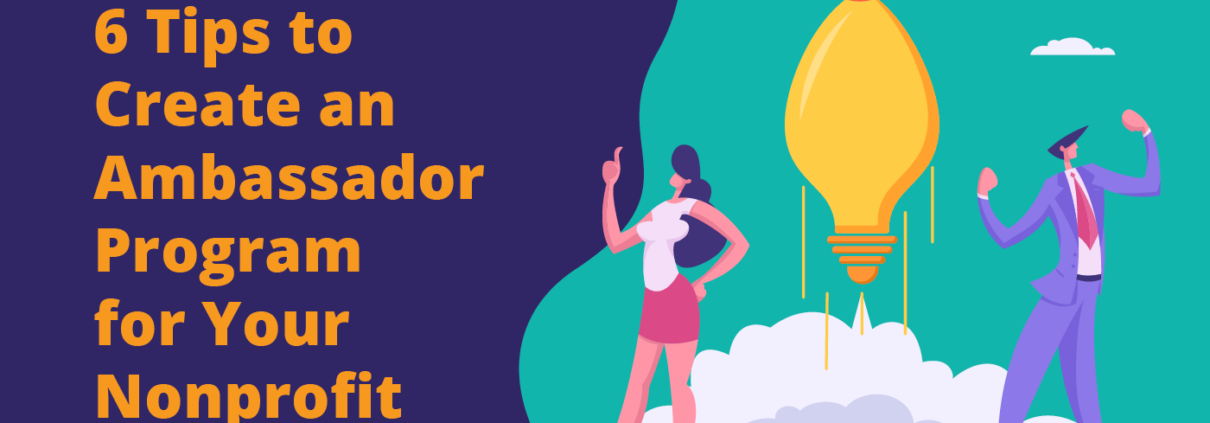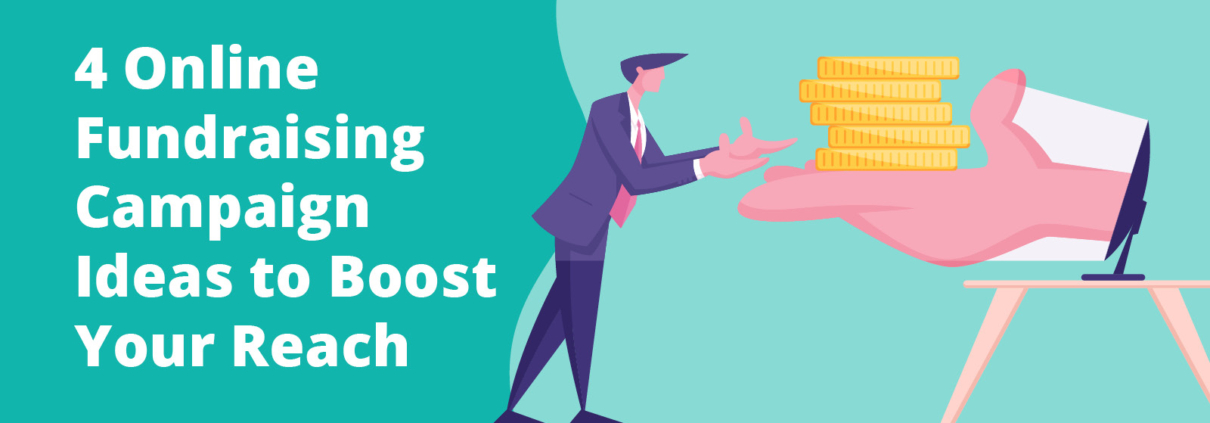Crisis Grantmaking: How to Manage and Award Funds Quickly
Crises can strike communities and organizations at any moment. When a natural disaster occurs, nonprofits scramble to gather the resources needed to aid their constituents and get them on the road to recovery. Grantmaking organizations like yours provide the funding that powers these relief efforts.
Because grantmakers are so integral to the work nonprofits do during crises, it’s paramount that you have a way to award grants with urgency. In this guide, we’ll cover strategies and considerations to keep in mind when a crisis happens:
- Use grant management tools.
- Be flexible.
- Proactively prepare for the next crisis.
To award timely grants during a crisis, your standard grantmaking process must be streamlined. To get started, we’ll cover how you can efficiently use grant management tools to carry out tasks like administrative oversight and budget management.
Use grant management tools.
Grant management technology aims to streamline the necessary yet time-consuming tasks involved in managing grants, such as practicing due diligence, balancing budgets, and following up with grantees. During a crisis, these tools can work overtime to help your organization handle community outreach and a sudden influx of applications.
Investing in its full-featured grants management solution is the logical next step for organizations already using Salesforce. Salesforce Grants Management has everything grantmakers need to oversee grant management, works seamlessly with other Salesforce tools, and helps grantmakers plan for special circumstances.
The Grants Management package offers the same features included in the Outbound Funds Module, which is used by any organization that awards funding as a part of its mission. According to Fíonta’s guide to grants management, Grants Management includes more specific features for grantmakers, such as:
- Fully customizable application templates. Build a unique application process based on your organization’s values and philanthropic priorities. Additionally, you can create abbreviated versions of your standard application form for times of crisis and mark them for expedited review.
- Tools that standardize due diligence tasks. Due diligence tasks, like confirming tax-exempt status, are essential to determining each applicant’s eligibility. If your organization does not have a clearly defined process for completing these tasks, they could hinder the grantmaking process. Grants Management allows you to set up action plans defining the necessary steps and documents that anyone reviewing applications must complete. This ensures that due diligence tasks are completed the same way across your team without additional communication.
- Budget management tools. Keeping a close eye on your budget is crucial to ensuring you have the funding available to deliver the grants promised. Grants Management allows you to track the grants you’ve awarded against your organization’s budget in minutes, keeping the process fast even in times of crisis.
With technology that streamlines and automates administrative tasks, your organization can balance awarding funds quickly and efficiently while still following all necessary procedures.
Be flexible.
During a crisis, nonprofit organizations desperately need supplies, volunteers, and funding. In these situations, be flexible to prioritize getting funding to the right organizations as quickly as possible.
Your organization might opt for more flexible grant-seeking requirements during a crisis by:
- Shortening your application
- Offering unrestricted funding and general operating support
- Fast-tracking approval processes by limiting administrative requirements
- Temporarily relaxing follow-up procedures until the crisis has passed
- Offering extensions on existing grants
- Adjusting evaluation criteria and expectations for this time
As with other aspects of the grant management process, technology can help you make these changes quickly. For example, by integrating your website with your CRM, you can ensure applicants receive the most up-to-date information possible about your grant process and available funding. Doing so ensures that you make the application process as convenient, timely, and hassle-free as possible.
Proactively prepare for the next crisis.
Crises and their impact are indeed unpredictable. While this makes it challenging to pinpoint when a disaster might strike, you can prepare for it by being proactive. This approach allows you to develop a standardized grantmaking procedure that runs smoothly for grantmakers and grant-seekers.
Learn from past events and put a standardized crisis grantmaking procedure in place. As a part of these preparations, your organization should:
- Determine adjusted guidelines and requirements. If your organization chooses to relax some of its guidelines during a crisis, decide how you will do so before the crisis. For example, under these special circumstances, you might not ask grant applicants to include a cover letter, a detailed budget breakdown, and their organizational background.
- Plan its rapid response protocol. Application reviews and approvals need to be fast-tracked during these scenarios. Determine who will be responsible for each step in the review process and outline your adjusted procedures, so staff members understand how and why it deviates from the standard process.
- Conduct risk assessments. While many crises, like natural disasters, are unpredictable, you can still determine levels of risk in advance. This will help you identify potential crises that could arise and develop plans for those scenarios. If you regularly award grants to nonprofits that offer aid in areas prone to flooding, your organization can closely monitor the weather, identify grantees whose constituents are likely to be by flooding, and proactively contact trusted long-time grantees who may need emergency funding.
Additionally, consider setting aside funds specifically reserved for crisis situations. Analyze data from past crises to determine how much funding is needed, and weigh this number against your organization’s budget. Setting aside this money in advance will save you from shifting funding around or adjusting your budget.
Once the dust has settled, take the time to reflect on your approach during the crisis. Identify strengths and weaknesses, ranging from your timeliness to how easy it was for nonprofits to find your grants. If possible, continue to support the affected organizations after the crisis to fuel their efforts as other donations trail off.





